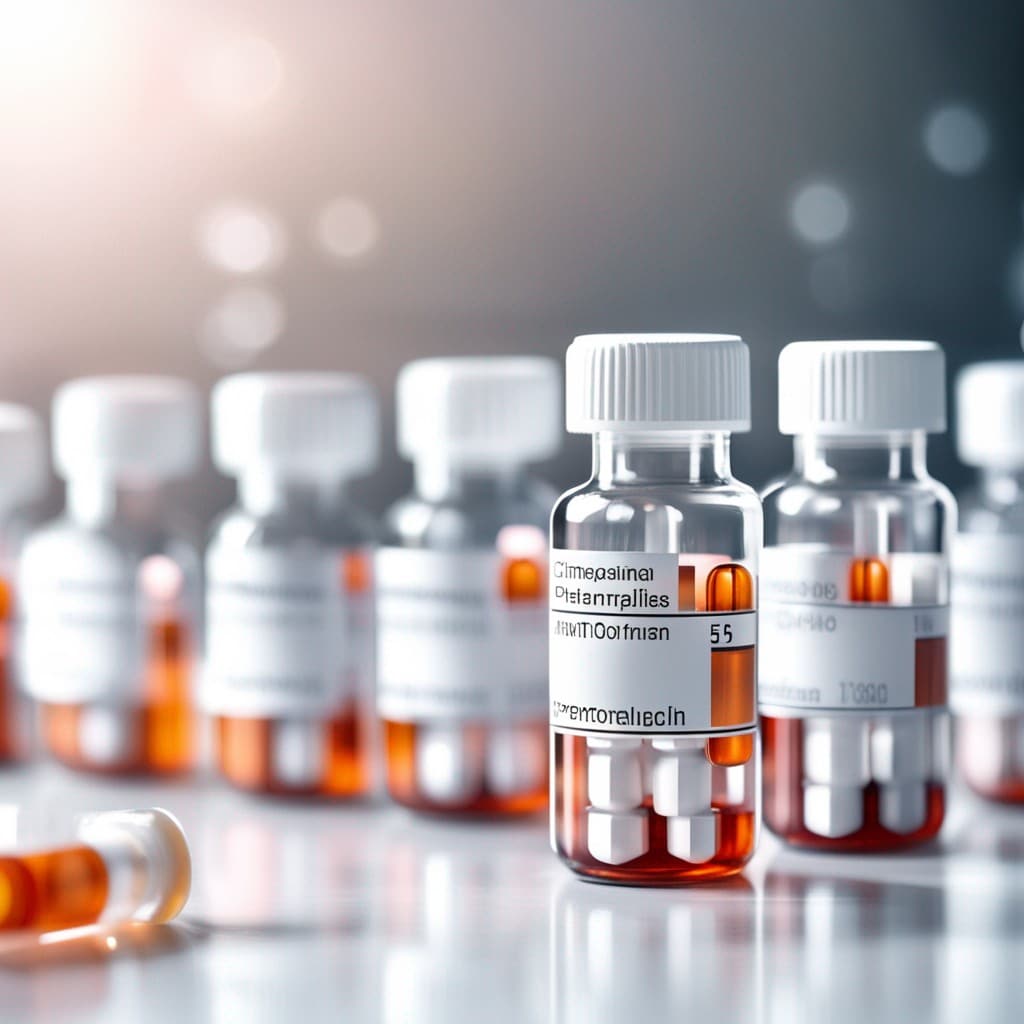Home / Potential Impurities
In the realm of pharmaceutical products, where safety and efficacy are paramount, a subtle menace lurks beneath the surface: potential impurities. These hidden adversaries have the power to compromise the quality, potency, and even the safety of medications. Join us on a captivating journey as we unveil the veiled threats of potential impurities, exploring their sources, impact, detection methods, regulatory guidelines, and strategies to ensure product purity.
Potential impurities, also known as potential contaminants or potential degradants, are unforeseen substances that may find their way into pharmaceutical products during various stages of the manufacturing process. They can arise from diverse sources, including raw materials, manufacturing equipment, packaging materials, or even environmental factors. These sneaky infiltrators have the potential to compromise the quality and safety of pharmaceutical products, posing risks to patients who rely on them.

The presence of potential impurities in pharmaceutical products can have far-reaching consequences, necessitating constant vigilance. These impurities can affect the potency, stability, and therapeutic efficacy of medications. They may also lead to adverse effects, toxic by-products, or even pose serious health risks to patients. Balancing the need for effective medications with the imperative of eliminating potential impurities is a delicate tightrope walk that pharmaceutical manufacturers must navigate.
The ability to detect potential impurities is crucial for ensuring the safety and quality of pharmaceutical products. Advanced analytical techniques serve as powerful allies in this endeavor.
HPLC, a formidable technique in the analytical arsenal, offers insights into potential impurities at the molecular level. It separates and quantifies various components within a pharmaceutical product, enabling the detection and identification of potential impurities. By comparing the obtained data with established specifications, manufacturers can determine if any impurities exceed acceptable limits.
GC-MS emerges as a detective in the quest for potential impurities, unraveling their chemical fingerprints. This dynamic duo combines the separating power of gas chromatography with the identification capabilities of mass spectrometry. Together, they provide a detailed analysis of potential impurities, aiding in their characterization and quantification.
Spectroscopic techniques, such as Fourier Transform Infrared Spectroscopy (FTIR) and Ultraviolet-Visible Spectroscopy (UV-Vis), offer valuable glimpses into the molecular composition and structure of potential impurities. These techniques utilize the unique absorption and reflection patterns of substances, allowing for their identification and differentiation from the desired pharmaceutical components.
Regulatory bodies play a crucial role in ensuring the safety and quality of pharmaceutical products. They provide guidelines and standards for manufacturers to follow, specifically addressing potential impurities. Compliance with these regulations is essential for obtaining approvals and maintaining consumer trust.
Manufacturers must conduct thorough risk assessments, identify potential sources of impurities, establish appropriate control strategies, and implement robust quality management systems. By adhering to these guidelines, manufacturers can mitigate the risks associated with potential impurities and maintain the integrity of their pharmaceutical products.
Safeguarding pharmaceutical products against potential impurities requires a multifaceted approach. Manufacturers must adopt strategies that encompass all stages of the product lifecycle.
Stringent control measures must be in place to ensure the quality and purity of raw materials used in pharmaceutical production. Thorough qualification of suppliers, rigorous testing of incoming materials, and continuous monitoring are essential steps to minimize the risk of potential impurities.
Optimizing manufacturing processes is critical for minimizing the formation of potential impurities. Parameters such as temperature, pH, and reaction times must be carefully optimized to prevent degradation or the generation of impurities. Employing state-of-the-art equipment, implementing robust process controls, and conducting regular process validation are key components of this strategy.
Stability testing plays a vital role in assessing the long-term behavior of pharmaceutical products. By subjecting products to various environmental conditions over time, manufacturers can detect and mitigate potential degradation pathways. This proactive approach helps ensure that products maintain their intended potency and effectiveness throughout their shelf life.
Potential impurities may hide in the shadows, but they should not go unnoticed. With a combination of advanced analytical techniques, regulatory compliance, and strategic approaches, pharmaceutical manufacturers can effectively identify and control potential impurities, ensuring the safety and quality of their products. By shining a light on the hidden threats, we safeguard the well-being of patients and uphold the integrity of the pharmaceutical industry.
Potential impurities are unforeseen substances that can contaminate pharmaceutical products during the manufacturing process. They may arise from raw materials, equipment, packaging, or other environmental factors, posing risks to the quality and safety of medications.
Advanced analytical techniques such as HPLC, GC-MS, and spectroscopy are commonly used to detect and identify potential impurities in pharmaceutical products. These techniques provide insights into the molecular composition and structure of impurities.
Regulatory bodies provide guidelines and standards for pharmaceutical manufacturers to address potential impurities. Manufacturers must conduct risk assessments, establish control strategies, and comply with these guidelines to ensure product safety and quality.
Strategies for ensuring product purity include rigorous control of raw materials, optimization of manufacturing processes, and conducting stability testing to predict and prevent potential degradation. These measures help minimize the risk of potential impurities in pharmaceutical products.
Controlling potential impurities is crucial for maintaining the safety, quality, and efficacy of pharmaceutical products. By mitigating the risks associated with impurities, manufacturers ensure that patients receive medications of the highest standards, free from potential harm or compromised effectiveness.
Register to add the product to RFQ list
Already have an account? Log in here
Don’t have an account? Register here